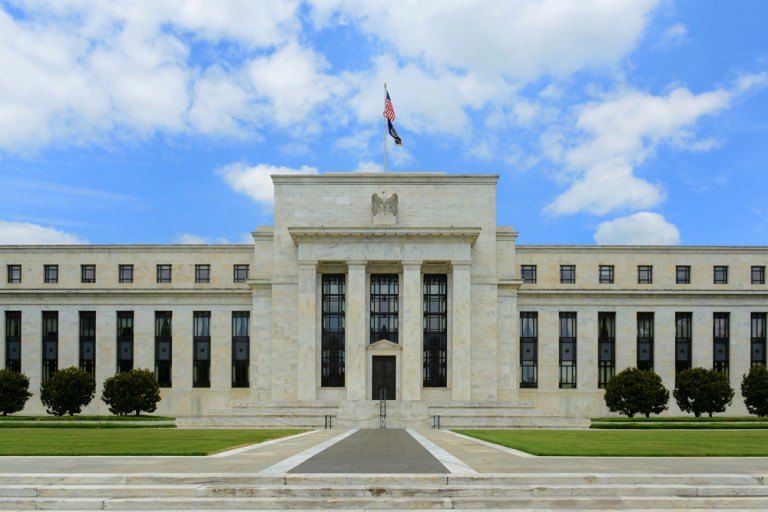Fed Names New Payments Security Leader

The U.S. Federal Reserve System has appointed its Payments Security Strategy leader, the agency announced Friday (Dec. 8).
Kenneth Montgomery, first vice president and chief operating officer of the Federal Reserve Bank of Boston, is taking up the position. He will lead the Fed’s initiative to address payments fraud risk and boost the security of payments in the U.S. The position means Montgomery will chair the Secure Payments Task Force, one of several task forces the Fed has formed to promote innovation and advancement in the industry.
“Ken’s extensive background in information technology and his collaborative leadership style will be critical to addressing a variety of important challenges as we continue to make improvements to the nation’s payments infrastructure,” said Esther George, president and chief executive officer of the Federal Reserve Bank of Kansas City.
Montgomery will also retain his position at the Boston Fed, where he focuses on services for the U.S. Treasury and financial market, among other responsibilities. He is also a member of the Fed’s Financial Services Policy Committee and directs financial management initiatives for the Fed’s Financial Support Office.
Montgomery is taking up the position on the Secure Payments Task Force left open by Chicago Fed Senior Vice President Todd Aadland, who held the position since September 2015.
“Todd has done an extraordinary job shepherding the group through its first phase of work and has built a strong foundation for continued progress on payment system security,” said George.
Last year, the Fed’s Secure Payments Task Force called for comment from industry players about challenges to payments security as part of its initiative to address upcoming security needs, especially as faster payments lead to new challenges.
“We looked broadly across what’s going on in other countries in terms of their migration towards faster payments,” Aadland said in an interview with PYMNTS at the time. “As they move to faster payments, criminals take advantage of the speed and actually circumvent controls at the weakest link.”